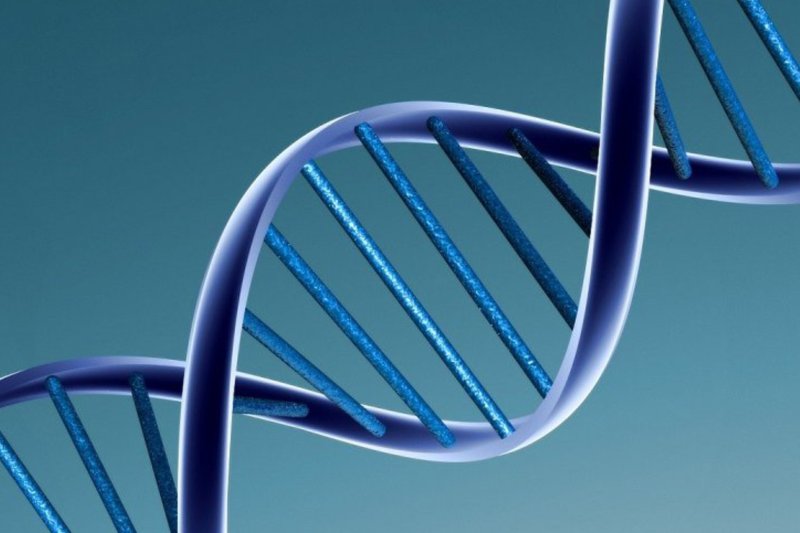Scientists have developed a way to unmute large, silent genes, allowing for the production of new molecules. Photo by Caroline Davis2010/
Flickr
Jan. 2 (UPI) -- When researchers stripped away repressors thwarting the expression of big, silent genes in Streptomyces bacteria, they unlocked the genetic building blocks of several new molecules.
Because Streptomyces bacteria synthesizes several molecules used in antibiotics and anti-cancer drugs, scientists hope their work will lead to the discovery of new therapeutic agents.
"There are so many undiscovered natural products lying unexpressed in genomes. We think of them as the dark matter of the cell," Huimin Zhao, a chemical and biomolecular engineering professor at the University of Illinois, said in a news release. "Anti-microbial resistance has become a global challenge, so clearly there's an urgent need for tools to aid the discovery of novel natural products. In this work, we found new compounds by activating silent gene clusters that have not been explored before."
Small silent gene clusters have previously been unmuted using CRISPR technology, but larger silent gene clusters have been difficult to unlock.
To free up the large gene clusters in Streptomyces, researchers inject the bacteria with copies of the target DNA fragments. Scientists dubbed the copies transcription factor decoys. Zhao deployed the clones in an effort to lure away the silencing agents. Their subterfuge worked.
"Others have used this similar kind of decoys for therapeutic applications in mammalian cells, but we show here for the first time that it can be used for drug discovery by activating silent genes in bacteria," said Zhao.
According to Zhao, the new method -- described in the journal Nature Chemical Biology -- doesn't disrupt the natural genome.
"It's just pulling away the repressors," he said. "Then the genes are expressed naturally from the native DNA."
The decoys deployed by Zhao and his colleagues enabled the bacteria's previously silenced gene cluster to produce eight new molecules, but so far, scientists have identified the structure of just two and described only one in detail.
In follow up studies, scientists plan to precisely describe the structure and characteristics of all eight. Researchers also plan to test whether any of the new molecules boast anti-microbial, anti-fungal, anti-cancer or other potentially useful biological properties.















